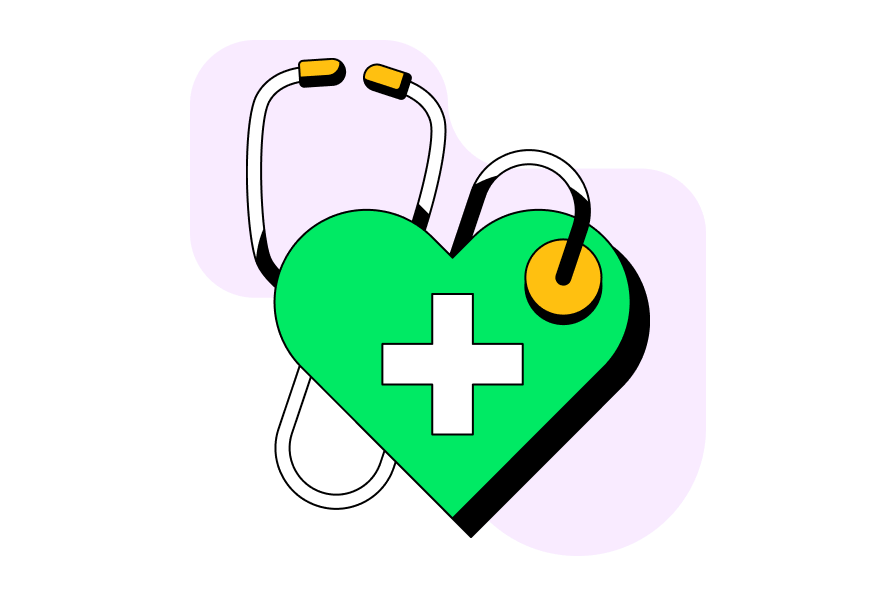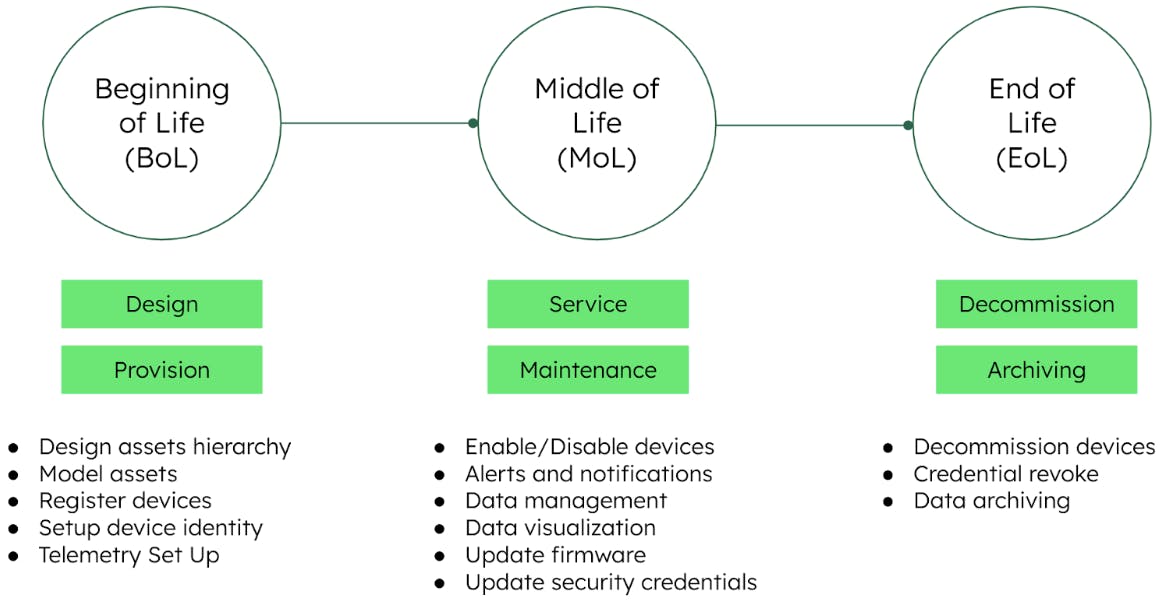Connected Devices - How GE HealthCare Uses MongoDB to Manage IoT Device Lifecycle

GE HealthCare, a global leader in medical technology, has turned to MongoDB to manage the lifecycle of its IoT devices, from deployment (Beginning of Life or BoL) to retirement (End of Life or EoL).
At GE HealthCare, MongoDB Atlas is used to persist device and customer data. These related data layers are utilized by the organization to develop customer experience strategies by providing greater efficiency, improving patient outcomes, and increasing access to care. The MongoDB document model easily combines data from diverse source systems while preserving its full fidelity. This flexibility allows seamless onboarding of new customers and related data sources without requiring time consuming schema modifications.
According to Emir Biser, Senior Data Architect at GE HealthCare, MongoDB Atlas is very appealing to the team because of its effective management, built-in monitoring and backup, global vertical and horizontal scalability, built-in security, and multi-cloud support.
MongoDB Atlas is a gamechanger. This technology stack is helping us streamline commercialization and bring market-ready solutions to deliver advanced healthcare.
Some of the recent tests resulted in an *83% decrease in retrieval time for critical data elements.
When all these features are put together, the tech stack is designed to help healthcare providers enhance productivity by reducing the complexity and time required to manage databases, enabling faster deployment of IoT devices.
Enhancing the IoT life cycle with MongoDB
GE HealthCare’s tech-stack is designed to accelerate the integration of healthcare applications by connecting IoT devices together with additional data sources into an aggregated clinical data layer. As the IoT device connections are established, multiple services are applied on the platform to support analytic and clinical applications.
Beginning of life - Device provisioning and configuration
As the device is being manufactured, the device parameters such as MAC and serial number are stored in MongoDB as a device digital representation. When the device is turned on, the GEHC team gets information about the device usage and the customer information. This information is used to validate the device. MongoDB is playing a crucial role in device provisioning by persisting the configuration information and making sure that the device is set up with the right configuration parameters. MongoDB change streams are used at this stage to make sure that the device gets the right parameters at the BoL stage.
Middle of life - Device usage and maintenance
Once the device comes online, it transmits both clinical and non-clinical information. The team at GE HealthCare uses MongoDB Atlas to help ensure clear separation between clinical and non-clinical as permissions, sensitivity, and access differs. Additionally, to understand how the device is being used compared to its standard configuration parameters. MongoDB’s real-time analytics capabilities help track key device performance metrics, such as battery life and identify trends and patterns in device usage. This enables the team to proactively address device issues, improve overall device performance and reliability for customers. GEHC is able to share these insights with customers to help optimize use of devices within their enterprise.
MongoDB Atlas Search is used to retrieve information about status of connected devices and usage patterns. Search Compound Geo JSON queries are used to look at products in a certain geographic region. Horizontal scalability with automatic sharding across clusters ensures Edison applications can continue to be cost effective while delivering real-time results.
MongoDB’s security features, including authorization, authentication and encryption, work with GEHC processes to enable teams working to protect device data from unauthorized access.
End of life - Device decommissioning and archiving
When the IoT device reaches the end of its lifecycle, GE HealthCare needs to decommission it and ensure that any data associated with the device is securely archived. By using MongoDB’s TTL (time-to-live) collections feature, the team automates the process of data deletion, reducing the data footprint. In addition, Atlas Online Archive helps to ensure that the data is always backed up and securely archived, reducing the risk of data loss and corruption. The authentication and authorization mechanisms help to ensure that decommissioned devices data can only be accessed by authorized personnel.
The future of GE HealthCare
According to Emir, the teams using MongoDB Atlas are excited about the benefits it brings, and they are looking forward to exciting new developments in Atlas platform.
We are helping teams achieve business goals across Imaging, Ultrasound Digital Solutions, and Patient Care Solutions. Our current strategy focuses on building solid pipelines to further help our medical device engineering teams deliver interoperability resulting in better care for our customers.
More on managing massive IoT devices
Internet of Things (IoT) is transforming the healthcare industry by providing real-time, actionable insights that improve patient outcomes and drive operational efficiencies. According to market analyst reports, the global IoT healthcare market is projected to reach around USD 446.52 billion by 2028 while exhibiting a CAGR of 25.9% between 2021 and 2028. In hospitals, IoT-enabled medical devices help improve patient safety and clinical experience by transmitting real-time monitoring and alerts in the event of device malfunctions or irregularities.
The life of an IoT device can be divided into three main stages: Beginning of Life (BoL), Middle of Life (MoL) and End of Life (EoL). During the BoL stage, the key activities are deployment design and provisioning. In this stage the device may be pre loaded with default credentials and configuration files. Once the device is installed and comes online, the focus in the MoL is to maintain its basic functional purpose as well as regularly updating firmware for reliability and security purposes. Over time, as new versions of devices are manufactured, the deployed devices need to be decommissioned by revoking the device certificate, archiving device data and disabling the model of device in the cloud as part of the EoL stage.

In each of the stages, the device has to be maintained to stay reliable, efficient, persistent and secure. Setting up telemetry from device to cloud/back end is just the tip of the iceberg. As the number of IoT devices deployed in healthcare continues to grow, so does the challenge of managing them efficiently. The large amount of data generated creates scalability challenges for IoT device management systems, which need to be able to handle large amounts of data and support the increased traffic. Different communication protocols make it challenging to integrate these devices into a unified system. Maintaining standard communication protocols and interoperability is critical to ensure seamless communication between devices and cloud backend. Finally, with the increasing number of cyber-attacks targeting IoT devices, it is critical to have robust security measures in place to protect against threats.
To learn more about GEHC digital offerings please visit https://apps.gehealthcare.com/
- Test performed internally by GE HealthCare on company datasets and may not be replicable.
To learn more about MongoDB’s role in the healthcare and manufacturing industry, please visit our Manufacturing and Industrial IoT and Healthcare pages.